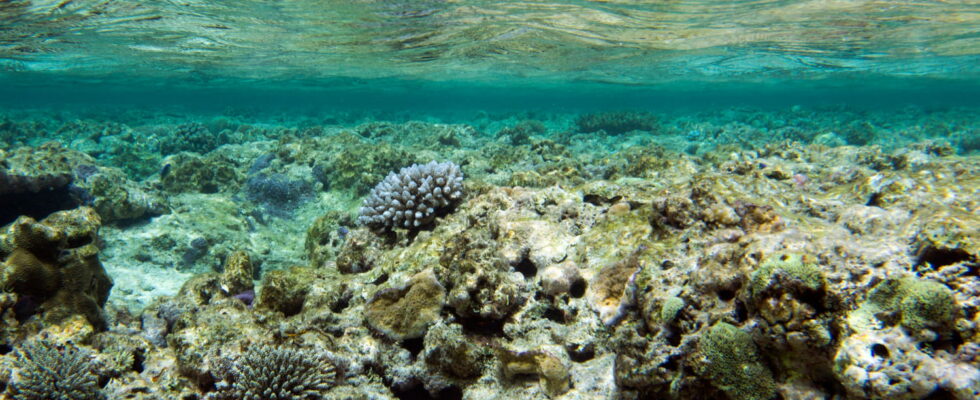This underwater phenomenon, observed by specialists, could have terrible consequences.
The summer of 2024 was the hottest on record, the European Copernicus Observatory announced. The El Niño phenomenon did not help, causing abnormally high water temperatures, particularly in the Pacific. These events, driven by global warming, threaten nature and the seabed is no exception. Coral reefs are particularly affected as they are home to a great diversity of underwater life, which needs them for food.
They are, in fact, undergoing a dangerous process, caused by rising temperatures. When the water warms up, corals expel the symbiotic algae, which are the cause of their color. They are therefore victims of bleaching. The Coral Reef Observatory of the National Oceanic and Atmospheric Administration of the United States (NOAA) reported that this was the fourth worldwide in 30 years. To be classified as such, bleaching must significantly impact the three ocean basins (Atlantic, Pacific, Indian) for 365 days. This has already happened in 1998, 2010 and between 2014 and 2017. In 2024, it has been confirmed in 62 countries and territories and it could continue to increase.

Due to this loss, corals are experiencing an increased mortality rate because the algae transfer up to 90% of the nutrients they manage to produce through photosynthesis to them. Without them, the coral is therefore deprived of an essential food source. While it can temporarily acclimatize by finding its own food, the longer the symbiosis is interrupted, the more it is in danger. Such a phenomenon also leads to a high risk of mortality for species that depend on the coral. It also compromises the natural protection against coastal storms.
“From February 2023 to April 2024, significant coral bleaching was documented in the Northern and Southern Hemispheres, in every ocean basin,” NOAA coordinator Derek Manzello said in a statement. More than 54% of coral areas have experienced high “thermal stress” over the past year. NOAA also estimates that 30 to 50% of coral reefs have already perished and could disappear completely by the end of the century if the situation does not change.
